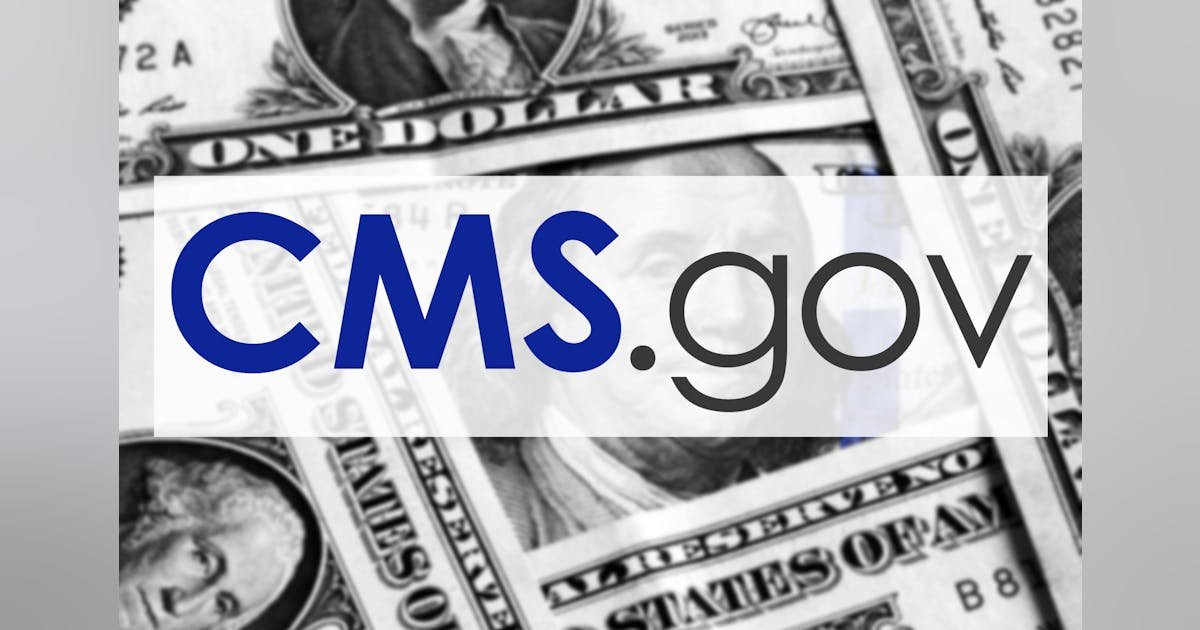On Friday, June 20, the Centers for Medicare & Medicaid Services (CMS) announced the finalization of a rule that CMS claims will lower individual health insurance premiums by approximately 5 percent on average. In a press release, CMS stated that it also projected saving taxpayers up to $12 billion in 2026 by addressing the surge of improper enrollments in the Affordable Care Act (ACA) Exchanges, reducing wasteful federal spending, and refocusing on making health insurance markets more affordable and sustainable.
According to CMS, the 2025 Marketplace Integrity and Affordability Final Rule aims to restore oversight, strengthen accountability, and ensure taxpayer dollars are used only for those who are eligible. Meanwhile, an estimated 750,000 to 2 million consumers could lose their coverage, including Deferred Action for Childhood Arrivals (DACA) recipients.
Actions CMS is taking:
Furthermore, CMS is taking steps to ensure that federal subsidies for coverage through ACA Exchanges only support the statutory requirements and goals of the ACA. This includes prohibiting federal subsidies from being used to help cover the cost of specified sex-trait modification procedures and reinstating HHS’ 2012 interpretation of “lawfully present” to exclude Deferred DACA recipients from eligibility and enrollment in ACA Exchange coverage and Basic Health Program (BHP) coverage in states that choose to operate a BHP (Basic Health Program), including APTC (Advance Premium Tax Credit), premium tax credits, and cost-sharing reductions.
The final rule would undo a rule that was estimated to allow 147,000 immigrants to obtain healthcare coverage. In March, Healthcare Innovation spoke with Sydelle Baretto, the policy manager of the National Asian Pacific American Women’s Forum (NAPAWF), about the barriers immigrants face in accessing healthcare. At that time, Baretto predicted that DACA access would likely be revoked. “If folks don’t have access to healthcare, that means they’re probably not going to seek preventative care. If something comes up, they’re having symptoms, they’ll let things get worse. Then they’re going to need to go to the emergency room….Overburdening our emergency care system is definitely not a good thing, and it’s always better for both patients and providers when people are able to access preventative and routine care.”
The American Hospital Association (AHA) voiced concerns to CMS as well, in April, after the rule was proposed. “Coverage loss of this magnitude would have substantial consequences for patient access to care, as well as the financial stability of hospitals, health systems, and other providers,” Ashley Thompson, SVP Public Policy Analysis and Development with AHA, wrote in a letter addressed to CMS Administrator Dr. Mehmet Oz. “CMS had estimated that 750,000 to 2 million consumers could lose their coverage due to the provisions,” AHA expressed in a statement on Friday.
“We are strengthening health insurance markets for American families and protecting taxpayer dollars from waste, fraud, and abuse,” said U.S. Health and Human Services (HHS) Secretary Robert F. Kennedy, Jr., in a statement. “With this rule, we’re lowering marketplace premiums, expanding coverage for families, and ensuring that illegal aliens do not receive taxpayer-funded health insurance.”
“A number of the policies CMS is finalizing are temporary measures to immediately tamp down on improper enrollments and the improper flow of federal funds. These policies will sunset at the end of the 2026 plan year,” CMS stated. Nathaniel Weixel reported on June 20 for The Hill that “The one-year sunset is a change from when the rule was proposed in March. It’s designed to give Republicans on Capitol Hill an opportunity to codify the provisions into law for the long-term and use the savings to fund their massive party-line tax and spending bill.”
